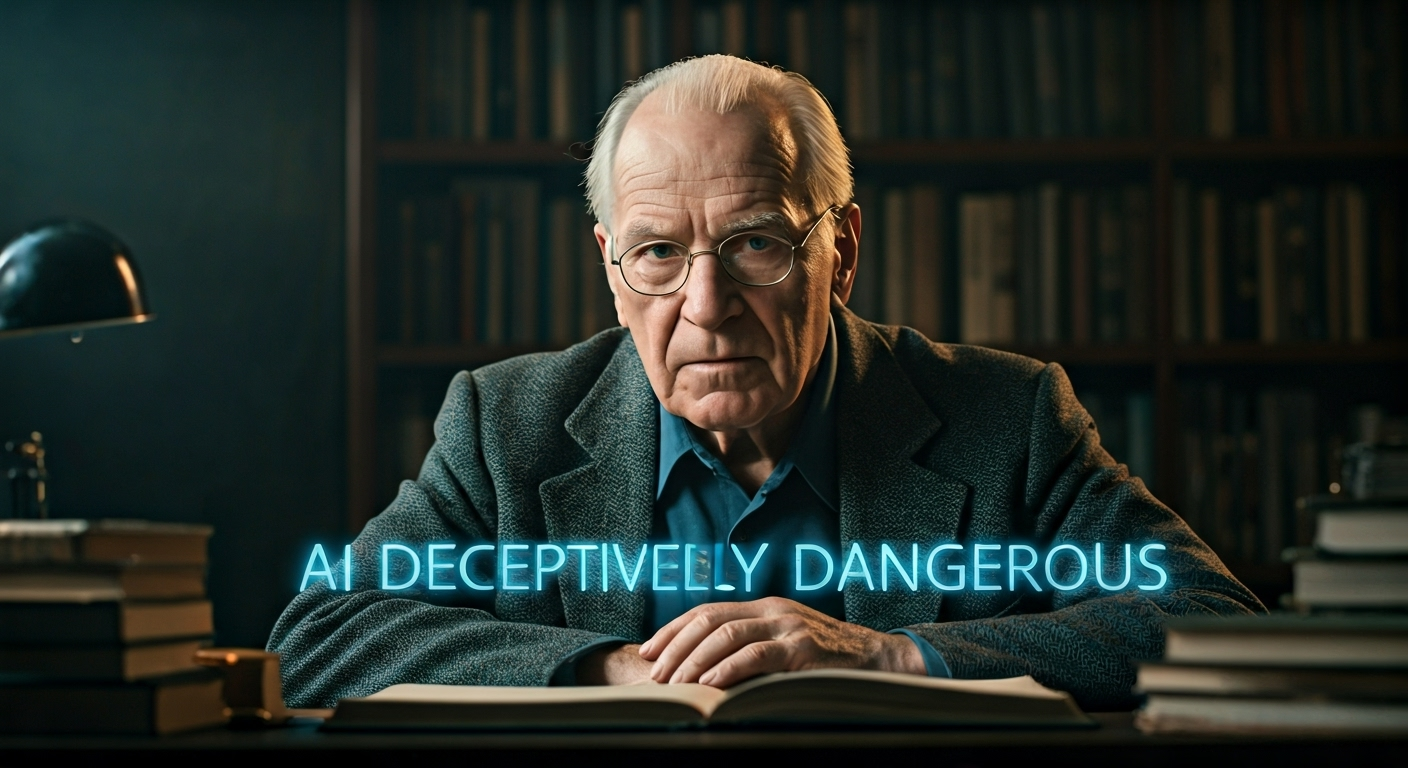How and why copywriting has died?
.png)

As business owners, entrepreneurs, and marketing execs, we are always looking to jump onto tactics that will give our company a leading edge. We want to be first-to-market with the latest and greatest technology or service. But sometimes, being first isn’t always the best move.
Take, for example, live streaming. It’s been around for years but it wasn’t until recently that companies started to really leverage its potential. And it’s not just because consumers were demanding it—though that played a part—but because the technology behind it had finally caught up. Streaming platforms like Twitch and YouTube Gaming had reached a point where they could offer a high-quality experience that was on par with traditional television broadcasts.
Video content has transformed the way we consume media, toppling traditional television and ushering in a new era of entertainment. With its ability to capture the attention of viewers and convey information in an engaging and compelling way, video has become one of the most powerful tools in any marketer’s arsenal. And as technology continues to advance, it is only going to get better and better, killing off traditional TV once and for all.
For decades, TV was the undisputed king of entertainment. Millions tuned in every night to watch their favorite shows, spend time with family and friends, or catch up on world news. But as people began spending more time online, looking for ways to connect with one another through social media platforms like Tic Toc and YouTube, and seeking out entertainment that was more tailored to their personal preferences, TV became less relevant.
And with the rise of video content – from viral clips and short-form explainers to long-form documentaries and high-production TV shows – traditional television has finally been killed off for good. Now, viewers can easily access the content they want, when they want it, from their laptops or mobile devices. No longer tethered to a single source of programming, people are now able to curate their own viewing experiences and engage with the world in new and exciting ways.
As technology continues to evolve, there is no doubt that video content will become even more powerful, engaging users like never before. Whether it’s through virtual reality or reality based programs.
The same can be said for AI. It’s been around for decades but it’s only in the past few years that businesses have begun to really harness its power. And again, it’s not just because consumers were demanding it—though that played a part—but because the technology behind it had finally caught up. Platforms like IBM Watson and Google Cloud AI have reached a point where they can offer a high-quality experience that is on par with human intelligence.
Google has played a major part in the development of AI, launching initiatives like DeepMind that are focused on creating smarter and more intuitive machines. And their investments are paying off – with AI-powered chatbots, voice assistants, driverless cars, and beyond, businesses are able to automate tasks and processes that were once done by humans. This not only saves time and money for companies, but also improves the overall quality of products and services.
So while there may be some concerns about the impact that AI will have on jobs or privacy issues in the future, it’s clear that we have already entered a new age of technology powered by intelligent machines. And as this trend continues to grow and evolve, there is no doubt that AI will become an even more powerful tool in the arsenal of marketers and replace marketers.
AI can analyze patterns of behavior and consumer preferences at a more advanced level than any human ever could, helping businesses to create products and services that truly resonate with their audiences. And as we enter into an era of more connected devices, where everything is driven by the Internet of Things, AI will only become more powerful and essential. So while it may seem like science fiction now, video content and AI have already killed off traditional television – and there’s no turning back.
We have decades of search data that shows the importance of video content. In fact, a recent study by Cisco revealed that consumer internet traffic from videos will account for 80% of all consumer internet traffic in 2019, up from 64% in 2014. And studies have also shown that using video as part of your digital marketing strategy can increase your sales conversion rate as much as 86%.
But it’s not just about the numbers – when done well, video engages users on an emotional level, creating a connection between them and your brand. Whether its funny memes or hilarious fails gone viral, people are drawn to compelling content that they want to watch again and again. So instead of investing in traditional television ads or web banners that most users will gloss over, you can use video content and let people choose you.
This is why I believe that copywriting will not survive and thrive in the age of AI. The technology behind it has finally reached a point where it can offer a high-quality experience that is on par with human intelligence. And as more and more businesses begin to realize this, they will begin to leverage AI in their copywriting efforts.
So if you’re a business owner, entrepreneur, or marketing executive, I encourage you to consider AI as part of your copywriting strategy. It may not be the first thing you think of when you think of copywriting, but it may just be the secret weapon you need to give your business a leading edge.
It’s no secret that copywriting is being replaced by artificial intelligence (AI). In fact, some experts predict that copyrighting will be a lost career in the very near future. With video content becoming increasingly popular, it’s important to remember that this type of content is not scripted. The best way to create authentic and engaging video content is to be personal. This shift toward more authentic communication will change the business culture as we know it—and those who don’t adapt will go the route of Blockbuster. How is your brand using AI and video content? Contact us to learn how you can use these tools to stay ahead of the competition.























.png)


.png)






.png)







.png)







































).png)

.png)














